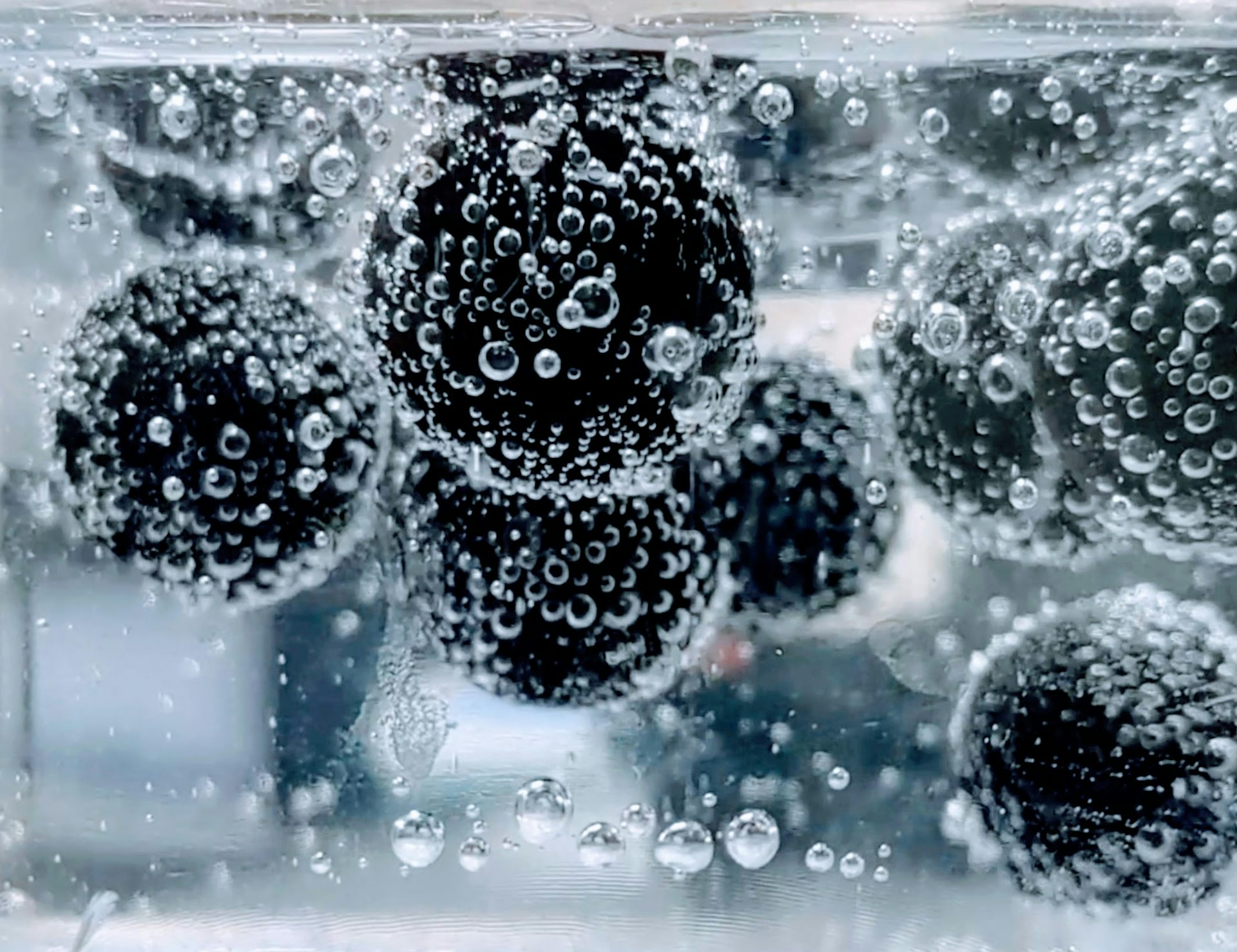Tuesday, May 14th 2024
The kitchen serves as a unique laboratory for exploring soft matter and complex fluids, leading to discoveries at the intersection of physics and chemistry. A study in Nature Communications by Sam Christianson, Carsen Grote, and others delves into the phenomenon of objects levitating in carbonated fluids, known as dancing raisins. This study unveils how objects like raisins rhythmically move up and down in carbonated fluids for extended periods. The formation of bubbles in carbonated beverages is a result of gas escaping when the fluid pressure drops upon opening, with surface tension and container rough patches enabling bubble growth. Raisins, with their wrinkly surfaces, are exceptional at inducing bubble formation and showcasing a lively dance in carbonated drinks.
Flatiron Institute scientist Shiwei Zhang and team use Hubbard model to recreate cuprate superconductivity features. Understanding cuprates could lead to superfast trains and MRI advancements. Recent Science paper details breakthrough in high-temperature superconductivity origins. Zhang's team enhances 2D Hubbard model with diagonal electron hops, capturing cuprate superconductivity. Cuprates surprise with superconductivity at relatively higher temperatures.
A new process for the synthesis of rare nuclei in the Universe? - Nanowerk
Scientists propose the νr-process, involving neutrinos and neutron-rich material, as a new nucleosynthesis process to explain the origin of p-nuclei in the solar system. This process allows for the production of rare isotopes like 92,94Mo, 96,98Ru, and 92Nb through neutrino catalyzed capture reactions. The νr-process operates in neutron-rich outflows in astrophysical explosions, converting neutrons bound in nuclei into protons with the help of neutrinos, producing neutron-deficient nuclei. The type of stellar explosion where the νr-process occurs is yet to be determined, with suggestions including magneto-rotational supernovae, collapsars, or magnetars.

Generated text
Scientific exploration is like riding a bike on the Larzac plateau: we never really know where it will lead us, but the journey itself is worth the detour. I delved into three articles that, at first glance, seem as disparate as bottles of San Pellegrino and Gatorade used to build a model of an orbital base. Yet, upon closer inspection, they reveal a fascinating common thread: our relentless quest to understand the universe, from dancing grapes to superconductors, passing through the synthesis of rare nuclei.
The first article, on dancing grapes, reminds me that science can be playful and accessible, much like building a model from scratch with Émile. It is the wonder at everyday phenomena that drives us to explore further, to seek explanations beyond the obvious. Superconductors and the synthesis of rare nuclei, on the other hand, delve into the depths of matter and the universe, echoing reflections on neural networks and the modeling of the universe. These studies point towards a complex and beautifully structured reality, where each discovery brings us closer to a deeper understanding, yet inevitably raises new questions.
Ultimately, these articles, much like excerpts from my journal, illustrate our innate desire to push the boundaries of our knowledge, to play with concepts to see where they can lead us. Whether by observing grapes in sparkling water, deciphering the mysteries of superconductivity, or proposing new nucleosynthesis processes, we are constantly in search of answers, knowing that each answer is just a gateway to new questions. In this infinitely complex universe, perhaps the greatest discovery is to realize that, no matter the size of the Russian doll we open, there will always be another, smaller or larger, to explore.
Generation cost: 11469 tokens/0.06$